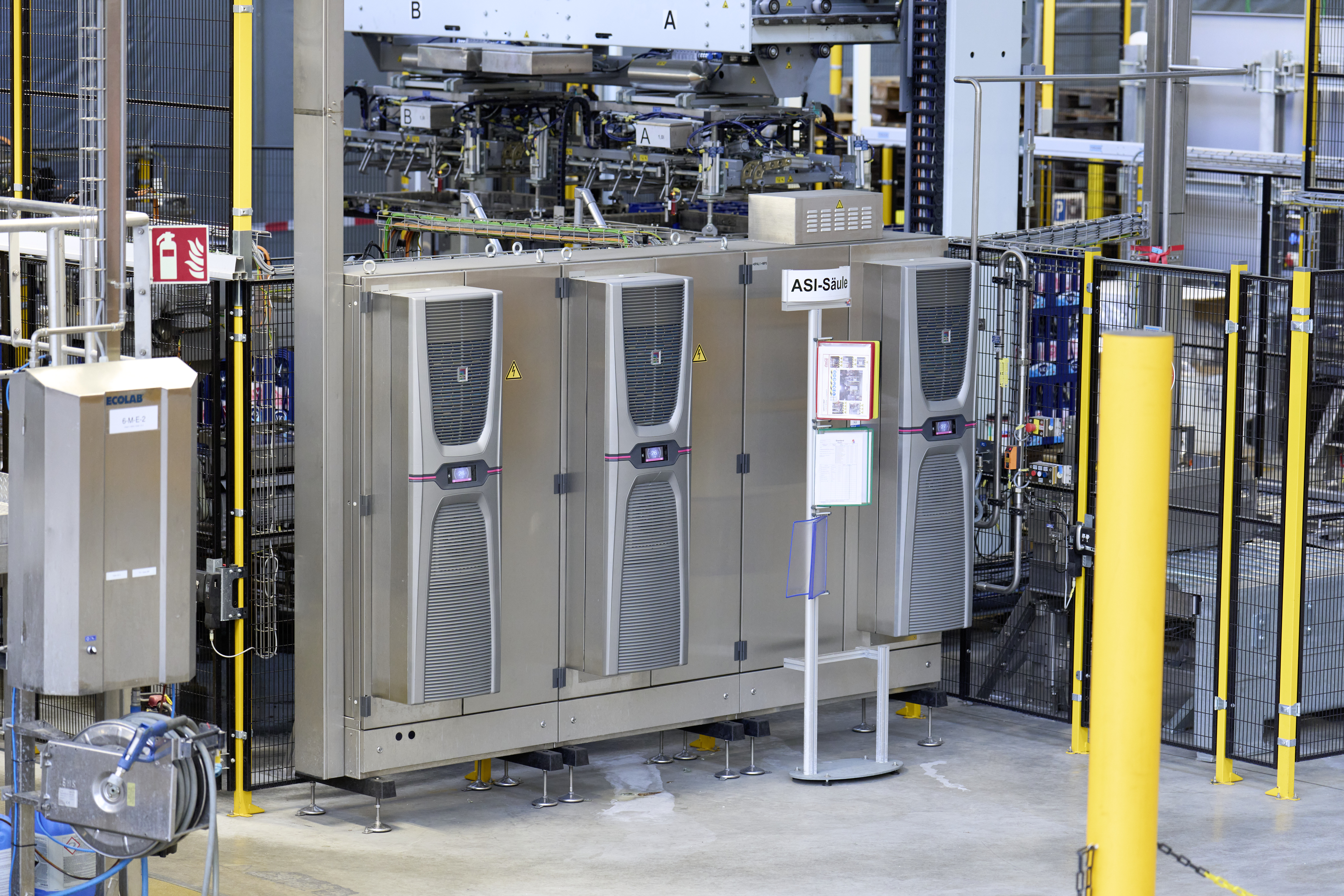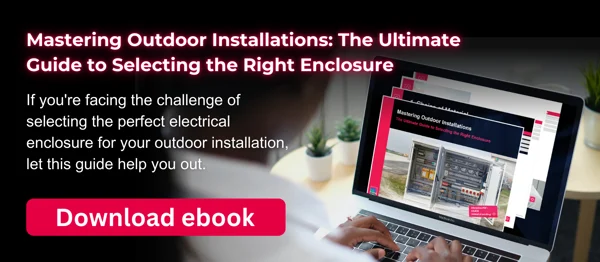
11 Tips For Selecting an Electrical Cabinet
Selecting the right electrical enclosure cabinet is crucial for ensuring the safety, functionality, and longevity of your electrical systems. Here are 11 tips to help you make the right choice:
1. Understand the Environment: Consider where the enclosure will be installed. Will it be indoors or outdoors? Will it be exposed to extreme temperatures, moisture, dust, chemicals, or other environmental factors?
2. Material Selection: Choose the right material based on the environmental conditions. Common materials include steel, stainless steel, aluminum, and various plastics like polycarbonate or fiberglass. Stainless steel is ideal for corrosive environments, while plastic can be good for lightweight, non-corrosive applications.
3. Size and Space Requirements: Ensure the enclosure has enough space for your equipment, including allowances for future expansion. Account for space needed for wiring and any, crucially, ventilation or cooling systems.
4. Ingress Protection (IP) Rating: Select an enclosure with an appropriate IP rating to protect against dust and water ingress if needed. Higher IP ratings indicate better protection (e.g., IP66 for complete protection against dust and powerful water jets).
5. Thermal Management: Assess the heat generated by the internal components and consider which cooling options your electrical cabinet will require. Preventing overheating is very important, especially during the warmer summer months, improving the equipment’s lifetime and efficiency.
6. Mounting Options: Determine how the enclosure will be mounted – wall-mounted, floor-standing, or pole-mounted. Ensure the mounting method is suitable for the enclosure’s weight and size.
7. Accessibility and Maintenance: Ensure the enclosure design allows easy access for maintenance and installation. Features like removable panels, hinged doors, and quick-release latches can facilitate easier maintenance. Double-skinned cabinets can also make for easier maintenance, as well as different temperature regulation should that be required.
8. Security Features: Evaluate the need for security features like locks, padlocking provisions, or tamper-proof screws to protect against unauthorised access.
9. Compliance with Standards: Verify that the enclosure complies with relevant industry standards and regulations. This ensures it meets safety and performance requirements.
10. Customisation Options: Determine if you need customisations like cutouts, holes, or special finishes. Some manufacturers offer customisable solutions to meet specific requirements. Thanks to our Rittal Application Centre (RAC) based on our Rotherham site, we can help you with any modifications that you require.
11. Cost and Budget: Balance the need for quality and features with your budget. While it’s essential to choose an enclosure that meets all technical and environmental requirements, it’s also important to consider cost-effectiveness.
By carefully considering these factors, you can select an electrical enclosure cabinet that provides the necessary protection, functionality, and durability for your specific application.
Find out more
At Rittal, we are at the forefront of cutting-edge solutions. From IT infrastructure to hygienic electrical cabinets, our solutions designed to ensure future-proof operation for the years to come.
To find out more, please get in touch today.



